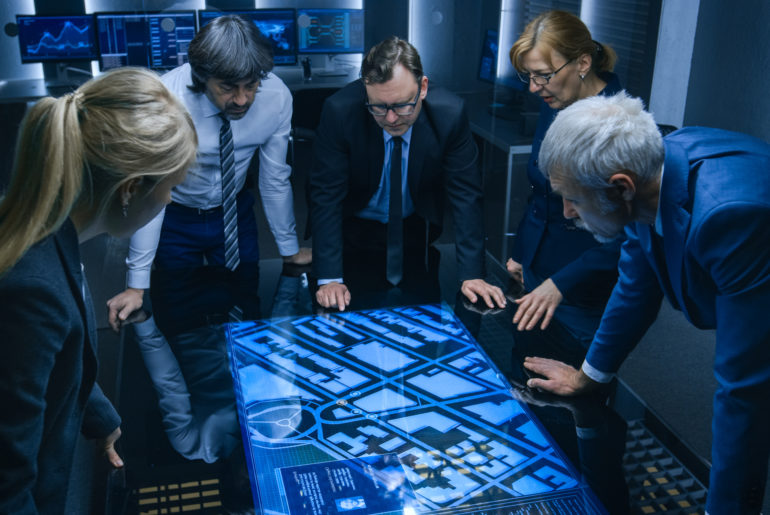Discover how government can offer edge-based services across a set geographic area, with the potential for interactions by all citizens.
Discover the key functionalities that healthcare providers need to unlock in order to develop an architecture that enables price transparency access to members.
Discover the technologies needed to better fulfill customer needs while optimizing operations.
Discover how the manufacturers that used data to make decisions have best ensured resiliency in the post-COVID era.
Discover how banks can transform RCM processes and technologies to become more efficient and responsive.
With the ongoing momentum from the digital evolution underway, what new developments should we expect this year?
Learn how to improve case solvability and investigative efficiencies with Data-Driven Policing from IDC’s Alison Brooks, Ph.D.
Explore IDC’s top 10 predictions for worldwide IT/OT convergence for 2021 and beyond, straight from the latest IDC FutureScape.
Discover why shared data and insight is crucial to ensure your company will innovate, succeed & build resiliency across your industry ecosystem.








